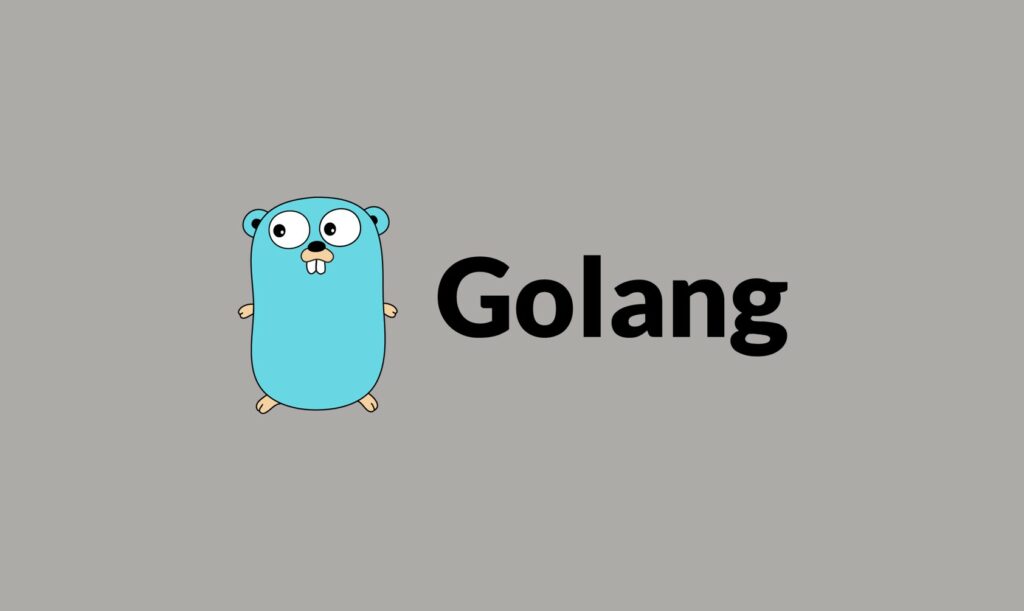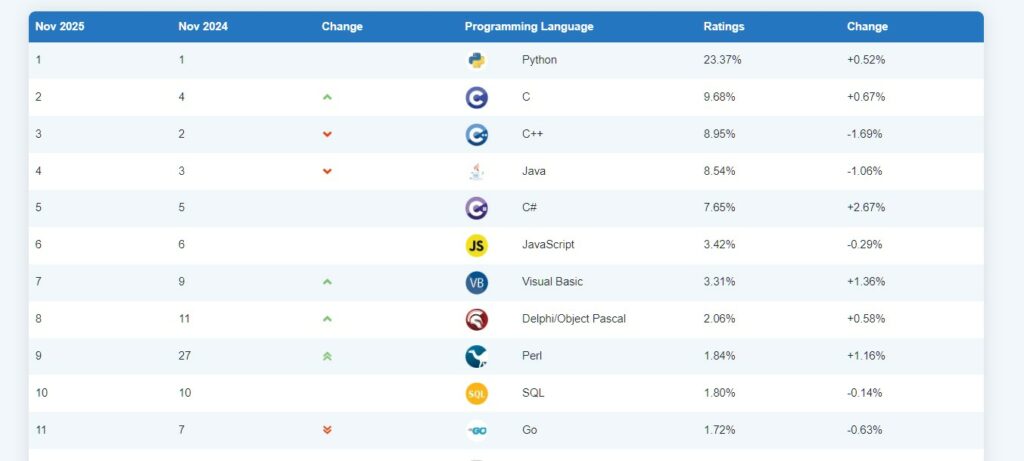
Redazione RHC : 17 November 2025 07:05
In November 2025, the Go programming language turned 16 years old. It was released publicly on November 10, 2009 , as a Google experiment to create a simple and fast language for large distributed systems. Today, it is a key tool for modern server-side development. The current stable release is Go version 1.25.4, with regular security patches and improvements to the runtime and standard library.
The idea for Go originated within Google with Robert Griesemer, Rob Pike, and Ken Thompson. They wanted a language that would compile nearly as fast as C, but also be similar in usability to Python and scalable to large code bases and multithreaded servers. Go 1.0 was released in 2012 with a public promise: the code written for the first version would continue to be developed in subsequent versions.
Compatibility has been effectively maintained over the years, which significantly distinguishes Go from many competitors and reduces support costs for long-running projects.
Over the past 16 years, Go has become more than just a language, but a de facto standard for cloud infrastructure. It underpins Docker, Kubernetes, Terraform, and Prometheus, the tools that power the vast majority of modern cloud and container platforms. Between 2015 and approximately 2018, Go established itself as the leading choice for microservices and container tools, and by 2024, it had become one of the most widely used languages in the world, particularly in AI services and edge devices. According to research by JetBrains and SlashData , there are millions of Go developers worldwide , and in rankings such as TIOBE and GitHub Octoverse, the language consistently ranks in the top 10 and is one of the fastest-growing open source languages and API clients.
While the language’s evolution has proceeded smoothly, there have been several turning points. The most significant event in recent years was the introduction of generics in Go 1.18 in 2022. This was the largest syntactical update in the language’s history, eagerly anticipated by developers for many years.
You can now write generic collections and utility code without endless copy-and-pasting, while retaining Go’s trademark simplicity. Subsequent releases focused less on wow factor and more on refining what already existed. Go 1.22 and Go 1.23 introduced compiler and linker improvements, more effective profile-driven optimizations, new iter and struct packages, reworked timers and tickers , and updates to the cryptography and networking libraries, including support for Encrypted Client Hello and experimental post-quantum schemes in TLS.
In 2025, Go 1.25 was released, which further improved observability and containerization: the runtime now automatically adjusts the number of threads to CPU limits, experimental garbage collection with shorter pauses and a Flight Recorder mode for continuous tracking with low overhead were introduced, and the standard library gained tools for more convenient concurrent code testing and a new version of encoding/json.
Community statistics show that the language has entered a mature phase but remains attractive. JetBrains ranks Go among the most promising languages according to the Language Promise Index, and Stack Overflow ranks it among the most “desired” and “respected” technologies, with Go developers earning, on average, above the industry average. In 2024, the language team saw a change in technical leadership: after Russ Cox’s departure, Austin Clements took over as overall engineering lead, and Cherry Mooy is now responsible for Go core, although the development direction has not changed. The team continues to prioritize stability, careful modifications, and improvements based on telemetry and user surveys.
On its sixteenth anniversary, Go presents itself as a rare example of a “quiet” language that doesn’t chase hype , but steadily strengthens its position in areas where reliability, predictability, and maintainability are crucial. For companies, this means the ability to develop systems for years to come without constant rewrites, and for developers, it means a clear and understandable tool that doesn’t emphasize trendy features, but rather ensures that complex distributed programming remains a manageable task for traditional teams.
 Redazione
Redazione